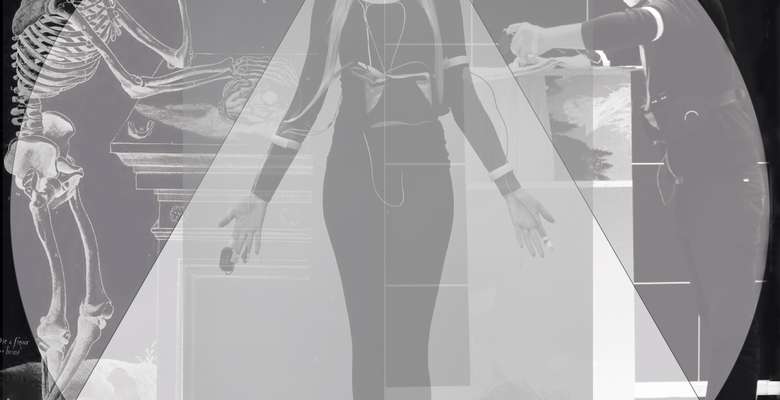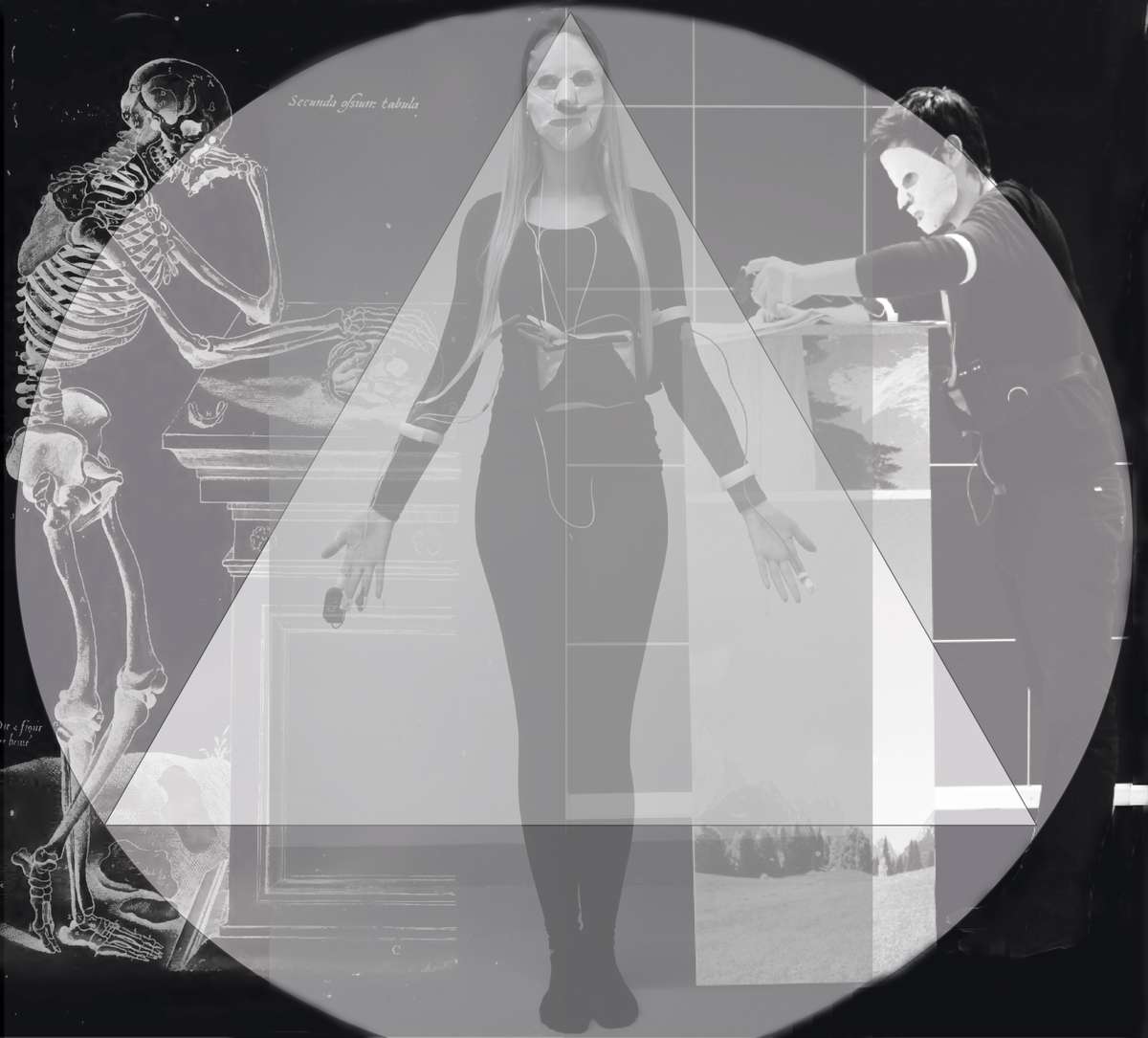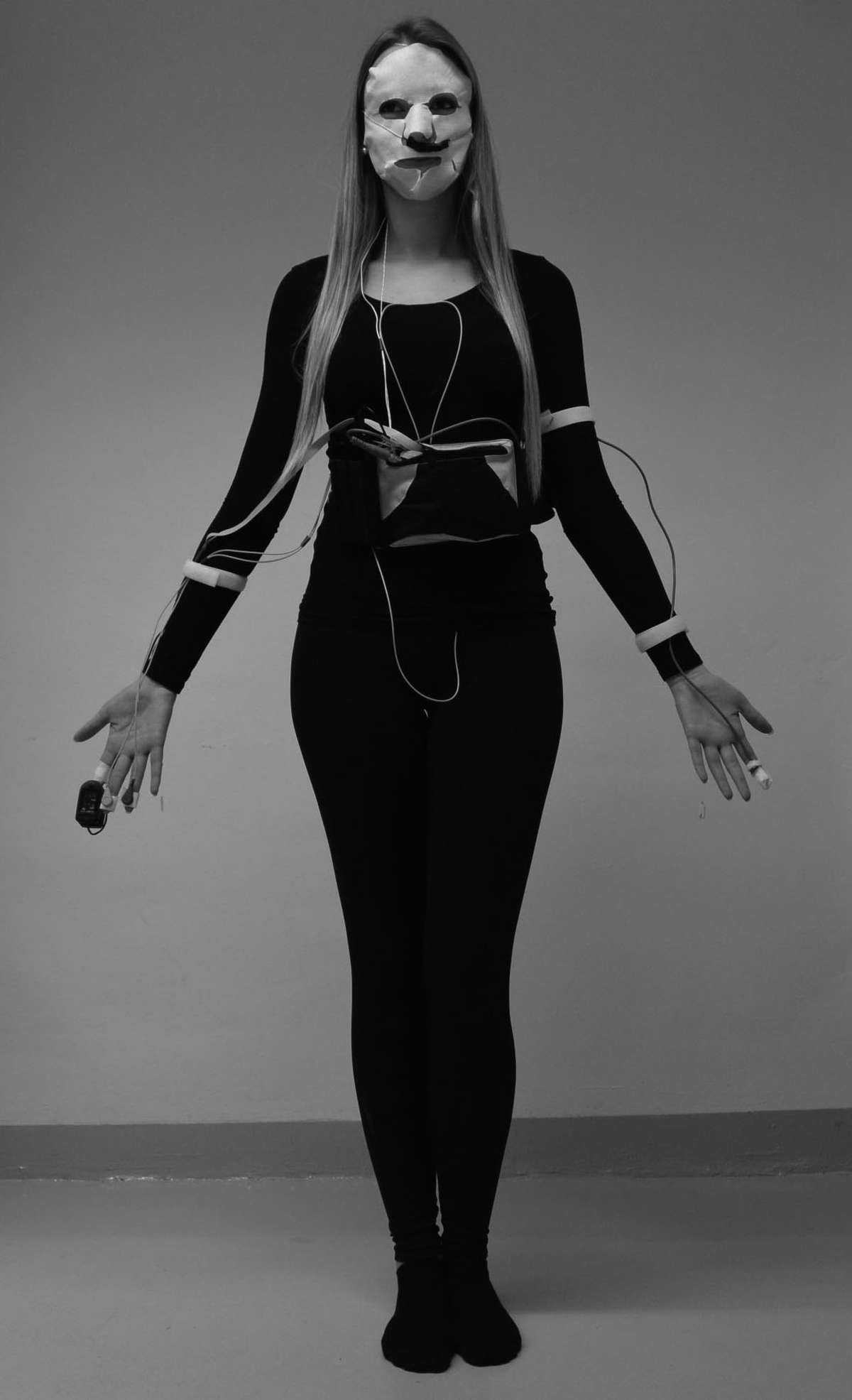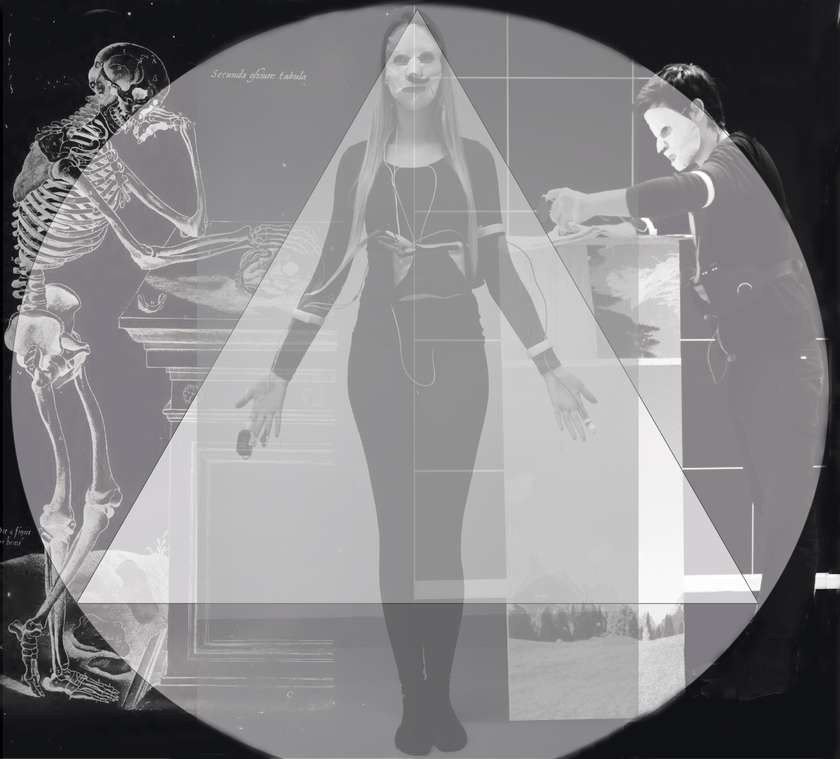Idea by
Maria da Piedade Ferreira
https://www.linkedin.com/in/maria-da-piedade-ferreira-phd-msc-dipl-arch-749b103b
Call for ideas 2017
Corporeal Architecture
Corporeal Architecture

In the future, architects and scientists will collaborate more to determine what we build and why and how it will enhance the human experience. However, there still isn’t an approach in architectural practice that joins in an organized system, methodology, or platform the knowledge the scientific community already has on the perceptive mechanisms of the human body. The current scientific paradigms of "embodied mind" uses biometric data transmitted by measuring tools as signs of emotional reactions. This is backed up by the contemporary scientific belief on emotions and feelings as biological reactions acquired by evolution. In this sense, science is currently trying to map the human brain through the use of technologies of brain scanning and brain wave monitoring. These tools could, thus, support a corporeal approach to the pedagogy of architecture, leading to future generations of architects who are trained to "think through their bodies".

Corporeal Architecture: measuring the mind in performance

Corporeal Architecture - performer's body equiped with emotion measurement tools
Corporeal Architecture
Corporeal Architecture

In the future, architects and scientists will collaborate more to determine what we build and why and how it will enhance the human experience. However, there still isn’t an approach in architectural practice that joins in an organized system, methodology, or platform the knowledge the scientific community already has on the perceptive mechanisms of the human body. The current scientific paradigms of "embodied mind" uses biometric data transmitted by measuring tools as signs of emotional reactions. This is backed up by the contemporary scientific belief on emotions and feelings as biological reactions acquired by evolution. In this sense, science is currently trying to map the human brain through the use of technologies of brain scanning and brain wave monitoring. These tools could, thus, support a corporeal approach to the pedagogy of architecture, leading to future generations of architects who are trained to "think through their bodies".

Corporeal Architecture: measuring the mind in performance

Corporeal Architecture - performer's body equiped with emotion measurement tools